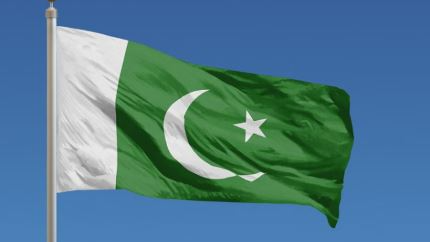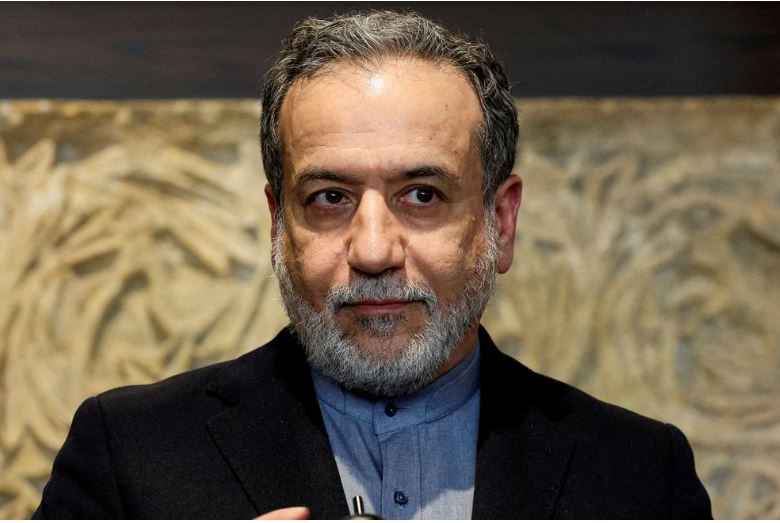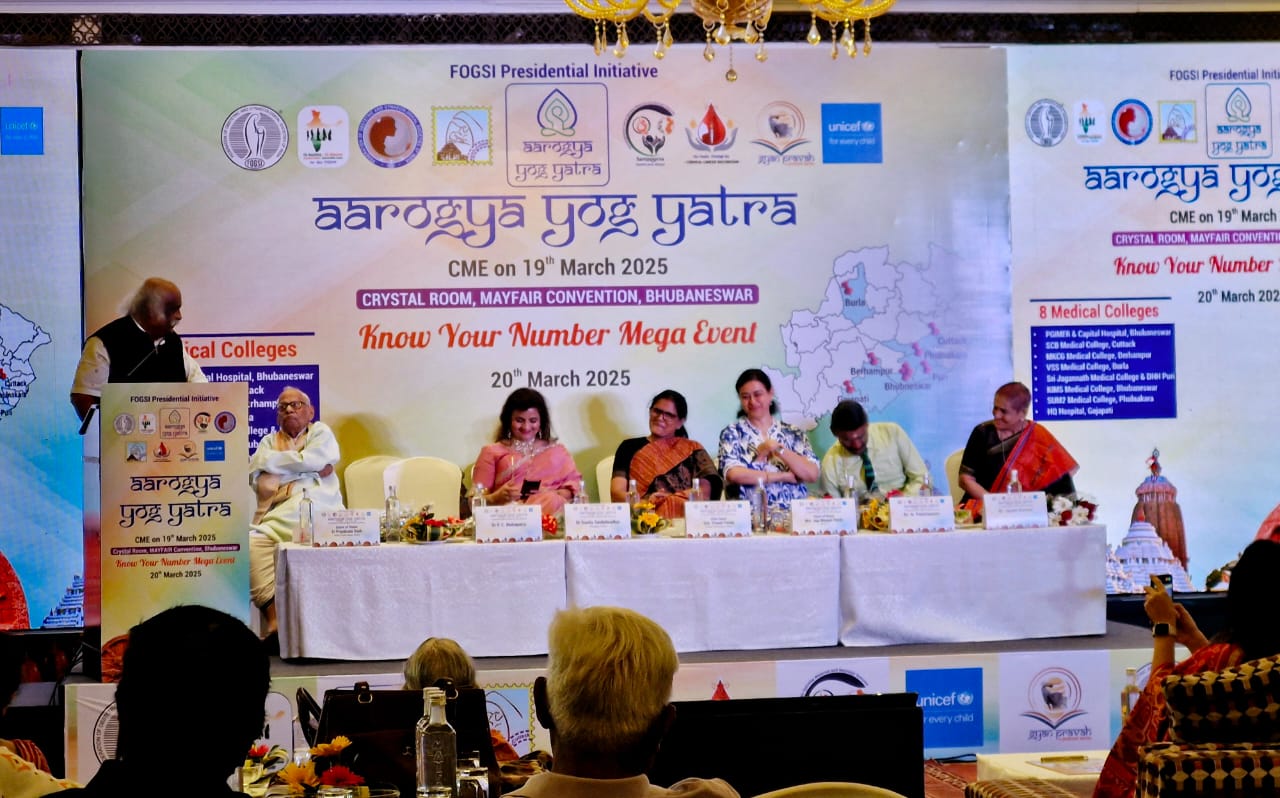Bhubaneswar, April 13: Today marks the 76th Foundation Day of Odisha's capital city, Bhubaneswar. Although the city and its temples boast a much older history, it was on this day in 1948 that the groundwork for the modern capital was laid.
Key Historical Facts about Odisha's Modern Capital:
Bhubaneswar's foundation stone was laid by India's first Prime Minister, Jawaharlal Nehru, on April 13, 1948.
- The city's masterplan was crafted by German architect Otto Königsberger in 1948, initially designed for a population of 40,000. Bhubaneswar stands among India's first four planned cities.
- With a history spanning 3,000 years, Bhubaneswar traces its origins to the Mahamegha-Bahana Chedi dynasty, with Sisupalgarh serving as its ancient capital.
- The name "Bhubaneswar" is derived from "Tribhubaneswar," signifying the Lord (Eswar) of the Three Worlds (Tribhuvan), a reference to Lord Shiva.
- Bhubaneswar is renowned by various names such as Toshali, Kalinga Nagari, Ekamra Kanan, Ekamra Kshetra, and Mandira Malini Nagari.
- At one time, Bhubaneswar housed nearly 700 temples, and to this day, numerous ancient temples continue to stand as a testament to its rich heritage.
- The pivotal Kalinga War unfolded near Dhauli, an event that profoundly impacted King Ashoka, leading him to embrace Buddhism and advocate for peace.

















































